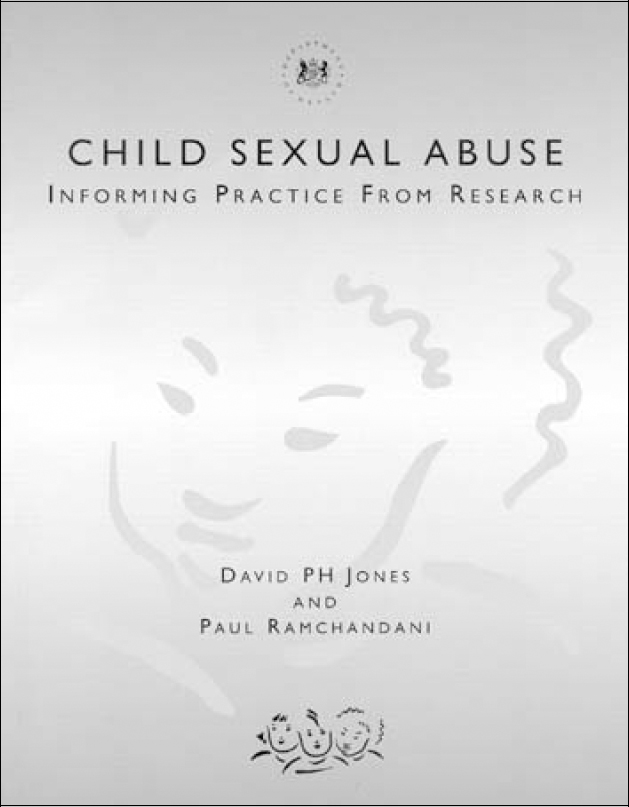David Jones is a master of the review vignette and his skills emerge again in this important volume on informing practice from research. His qualitative analytical skills were notable in his joint book with McQuiston in 1986, Interviewing the Sexually Abused Child, which preceded the Cleveland Inquiry. He made a similar signal contribution to Child Sexual Abuse — The Principles of Good Practice, which underpinned parts of the Report of The Inquiry into Child Sex Abuse in Cleveland. These skills continue to be exemplified in his editorials for Child Abuse and Neglect. Over the years David Jones' technique has become more sophisticated and his editorials constitute essential reading for those in the field. His co-author, Paul Ramchandani, has rapidly learnt those skills that have been applied to the task in hand. The net result is that this current volume will constitute a mile-stone in advances of knowledge and clinical practice in this subject.

The volume is not intended as a definitive comprehensive account, but rather the authors have explored options and selected themes that they considered to be of major significance. It is a model of clarity. Each chapter is introduced by a list of the main questions to be addressed. This is followed by brief accounts of the relevant findings and their evidence base. The authors deliberately avoid cumber-some detail but rather invite the reader to consider the original articles to ascertain for themselves whether or not they would place a similar weight on the evidence as given by the authors in the comments section. An invaluable contribution is the implications on practice section at the end of each chapter.
One is carried comfortably through nine themes — background factors; associated problems for the sexually abused child; referral and early planning; investigation and initial assessment; the Child Protection Conference; comprehensive assessment and planning; implementation, review and de-registration; psychological treatments; and measuring outcome.
It is a deceptively small book because it is so packed with clinically significant information. For the practitioner in the field it is a compulsive and quick read, but not too quick as one is likely to miss many gems. For me, one strength is its willingness to re-examine the many clinical notions, and even some long-standing myths that have emerged over the past decades and have been elevated over time into clinical ideology without any attempt to ascertain if they have a sound evidence-base, or at least face validity. Some readers will not necessarily wish to place the same weight on the evidence as that given by the authors, but when disagreeing they would be wise to provide evidence for the disagreement.
The volume is modern and up-to-date, but like all work in this field some of the notions and emergent guidelines will change with time. Nevertheless, it should be in the library of every social services department and constitute obligatory reading for those working in the field — primarily social workers, mental health professionals and paediatricians — also those working in family law.



eLetters
No eLetters have been published for this article.